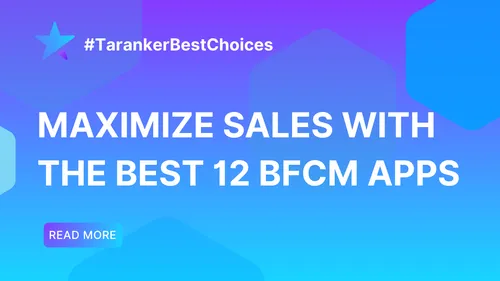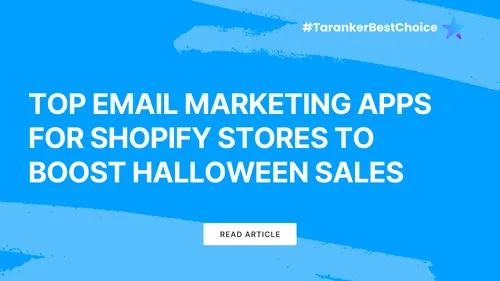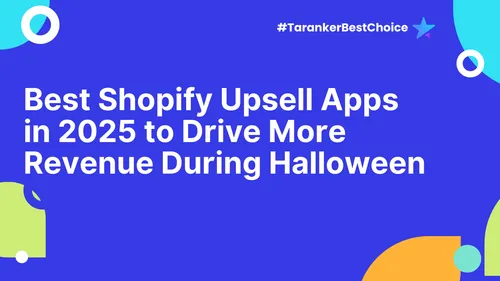Introduction:
Did you know that 76% of businesses miss revenue goals because they're tracking the wrong metrics or confusing them with KPIs? Metrics and KPIs (Key Performance Indicators) are often mistakenly used interchangeably, causing ineffective business strategies and missed opportunities. In this guide, we'll clearly define Metrics and KPIs, highlight their differences, and explain why Shopify store owners must understand and track them properly.

Metrics vs. KPIs: Defining Clearly
Metrics: Metrics are quantifiable measures used to track and assess the performance of various aspects of your business. They offer insights into how different elements, like sales or traffic, are performing.
KPIs (Key Performance Indicators): KPIs are specific metrics carefully chosen to directly measure the achievement of key business objectives. They reflect your strategic priorities and critical goals.
Understanding Different Types of Metrics
-
Sales Metrics:
Average Order Value (AOV): Helps measure the average amount customers spend per order, informing strategies like upselling or cross-selling.
Total Sales Revenue: Indicates the overall financial health and growth of your business.
Order Volume: Reflects the number of orders your store receives, useful for assessing demand and scaling capacity.
-
Customer Behavior Metrics:
Conversion Rate: Reveals how effectively your store converts visitors into paying customers, directly influencing sales performance.
Cart Abandonment Rate: Highlights issues in the checkout process or pricing strategies, helping identify areas needing improvement.
Customer Lifetime Value (CLV): Provides insights into the total revenue potential of customers over their lifetime, guiding customer retention and loyalty programs.
-
Inventory Metrics:
Stock Turnover Rate: Indicates how quickly inventory is sold and replaced, helping optimize stock levels and reduce waste.
Inventory Levels: Ensures the right amount of stock is available, avoiding overstocking or stockouts.
Order Fulfillment Time: Measures efficiency in processing and delivering orders, impacting customer satisfaction and repeat business.
-
Marketing Metrics:
Website Traffic Sources: Identifies which channels are most effective in driving visitors, helping allocate marketing budgets efficiently.
Click-through Rates (CTR): Measures how engaging your marketing content or ads are, influencing content optimization.
Cost-per-Click (CPC): Helps assess the efficiency of paid advertising campaigns, optimizing ad spend and ROI.
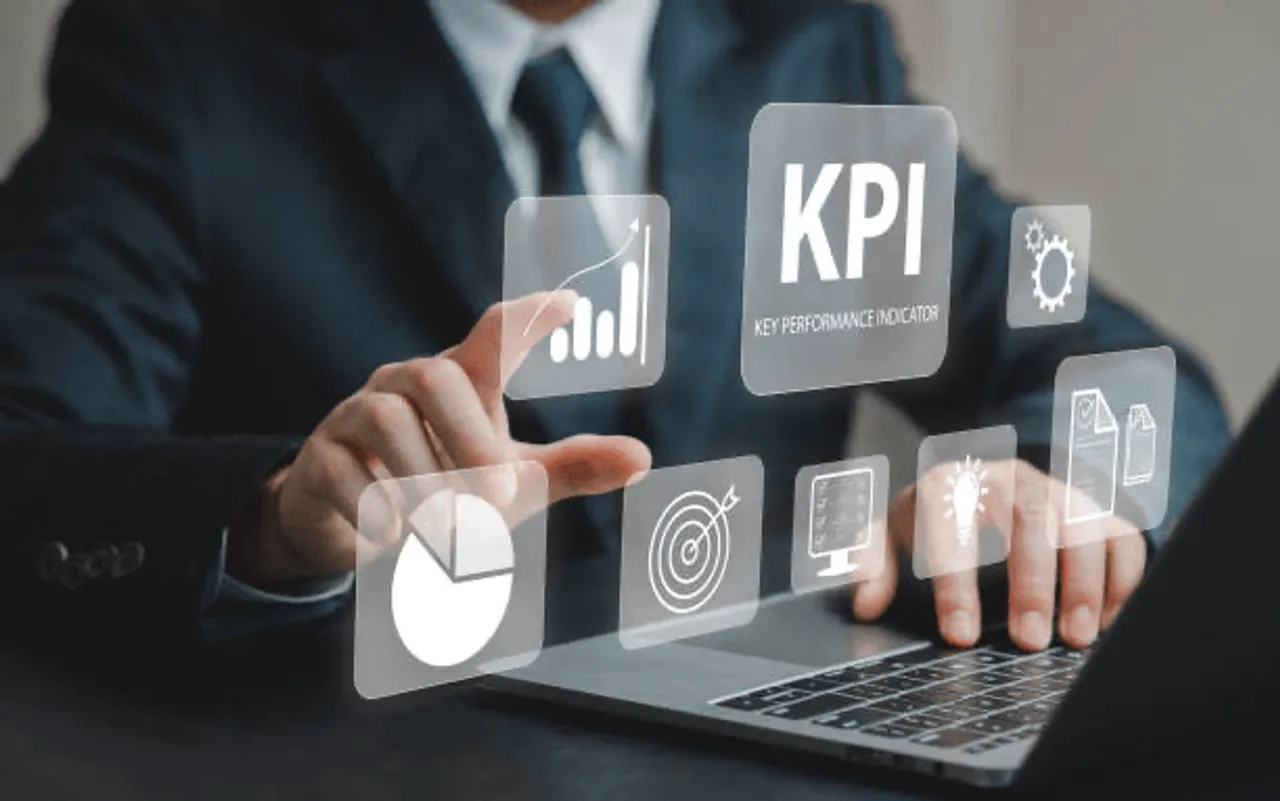
Why the Distinction Matters for Shopify Store Owners
Metrics give you detailed insights into your store’s overall performance. However, KPIs are metrics you've prioritized because they clearly align with your core business goals.
Real-World Example: If your goal is to increase profitability, your KPIs could be Conversion Rate and Customer Lifetime Value (CLV). Metrics like page views or follower count are helpful but not directly tied to this core objective.
Common Mistakes Shopify Owners Make with Metrics and KPIs
-
Tracking too many metrics and losing sight of key goals.
-
Mislabeling general metrics (like page views) as KPIs.
-
Ignoring actionable insights because they're buried under non-critical data.
How to Set and Track Effective Metrics and KPIs for Your Shopify Store
-
Clarify Your Business Objectives:
Clearly define what success means specifically for your Shopify store. This could include financial objectives like increased revenue, profitability, or operational goals like enhancing customer satisfaction or reducing order processing time. Clearly outlined goals provide direction for all subsequent tracking and optimization efforts.
-
Select Relevant KPIs:
Choose KPIs that directly align with your defined business objectives. For instance, if your primary goal is increasing sales, your KPIs might include Conversion Rate, Average Order Value (AOV), and Customer Acquisition Cost (CAC). If customer retention is a priority, focus on KPIs such as Customer Lifetime Value (CLV) and repeat purchase rate.
Prioritize KPIs that offer actionable insights, enabling you to make immediate strategic decisions. Avoid selecting too many KPIs, as this can dilute your focus and complicate decision-making processes.
-
Utilize Analytical Tools Effectively:
Leverage robust analytics platforms such as Google Analytics and Shopify Analytics to consistently track, measure, and analyze your metrics and KPIs.
Regularly review these tools to monitor real-time performance and historical trends, enabling timely adjustments to your strategies.
Supplement these platforms with additional tools or plugins that offer deeper insights into specific areas, such as email marketing (e.g., Klaviyo), SEO performance (e.g., SEMrush or Ahrefs), or paid advertising metrics (e.g., Facebook Ads Manager).
Real-World Example: A Shopify store identified that their cart abandonment rate (metric) was significantly higher than industry averages. Recognizing its impact on sales, they set "Cart Abandonment Rate" as a core KPI. By implementing targeted email recovery campaigns and optimizing their checkout process, they successfully improved their conversion rate by 15% within three months.
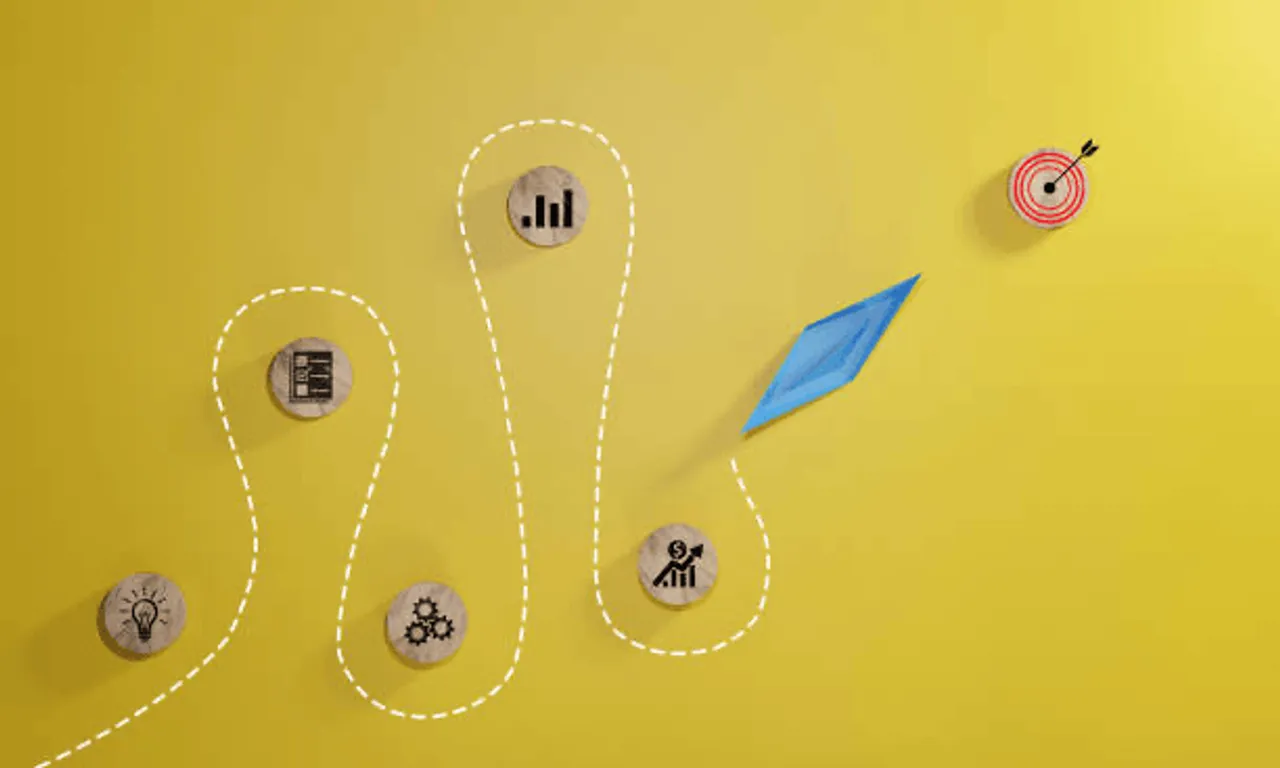
Essential KPIs Shopify Store Owners Should Track Clearly Defined:
-
Conversion Rate: Directly reflects your store's effectiveness at turning visitors into paying customers. Crucial for assessing the overall health of your sales funnel.
-
Average Order Value (AOV): Indicates how much customers spend on average per purchase, highlighting opportunities for upselling or bundling products.
-
Customer Lifetime Value (CLV): Estimates total revenue potential from each customer over their lifetime, guiding decisions around customer retention strategies and marketing spend.
-
Customer Acquisition Cost (CAC): Measures the average expense of acquiring a new customer, essential for evaluating and optimizing marketing efficiency.
Overcoming Common Challenges in Metric Tracking Clearly Explained:
-
Data Overload: Clearly define a limited set of actionable KPIs aligned with strategic objectives to avoid becoming overwhelmed by irrelevant or excessive data.
-
Lack of Expertise: Invest in training, use intuitive analytics tools, or consult with experts who specialize in setting up measurable KPIs effectively to ensure accurate interpretation and actionable insights.
Success Stories Highlighted:
-
A fashion brand significantly boosted revenue by 30% within one quarter through meticulous tracking and optimization of key KPIs like AOV and Conversion Rate.
-
A beauty store successfully decreased customer acquisition costs by 20% by refining their marketing strategies based on clear, measurable KPIs.
Benefits of Proper KPI and Metric Monitoring Clearly Stated:
-
Enhanced strategic decision-making capabilities.
-
Clearer visibility into business priorities and growth opportunities.
-
Continuous optimization leading to sustained and measurable business improvement.
Conclusion:
Understanding the difference between Metrics and KPIs can transform your Shopify store from surviving to thriving. By selecting and tracking the right indicators, you'll be empowered to make informed decisions that drive sustainable business growth.

